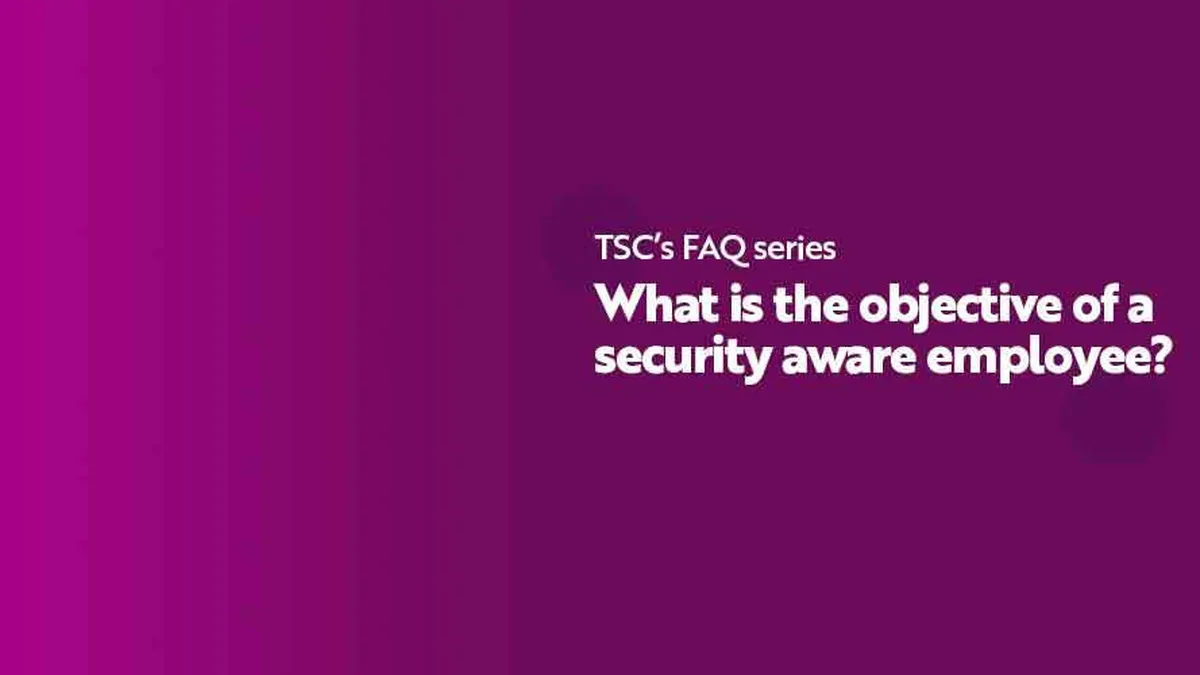
- Employee awareness
- 5 min read

A security-aware employee is the linchpin in an organisation's defence against cyber threats, as well as the first line of defence. CISOs, DPOs and other cyber security decision-makers recognise the pivotal importance of cultivating a security-conscious workforce, especially as common risks continue to proliferate whilst innovative new-tech backed emerging threats pop up week to week.
This FAQ blog delves into the core objectives of a security-aware employee and sheds light on the profound impact they can have on safeguarding an organisation's digital assets.
An employee is not merely a cog in the cyber security wheel but a dynamic force that can significantly impact an organisation's digital resilience. A security-aware employee is a strong durable cog, whilst an oblivious and untrained employee is more an insider threat than anything.
For CISOs, DPOs, and other cyber security decision-makers, the objectives of cultivating a security-aware workforce are multifaceted, ranging from protecting your reputation to regulatory compliance. By understanding these objectives and leveraging the potential impact, your organisation can invest in strategies to nurture a security-conscious culture, fortifying against the ever-present cyber threats of the modern era.
If you would like information about how The Security Company can help you to formulate a cyber security training and awareness program for your organisation and how we help support security leaders in setting up a fresh cyber security awareness framework ... please contact our Head of Business Development and Sales, Jenny Mandley.
The Security Company's vast library of customised and non-customised products and services are tailored for small, medium and large organisations and are available in a variety of languages. We also offer bespoke solutions for organisations that desire training and awareness materials built from the ground up.



© The Security Company (International) Limited 2023
Office One, 1 Coldbath Square, London, EC1R 5HL, UK
Company registration No: 3703393
VAT No: 385 8337 51


